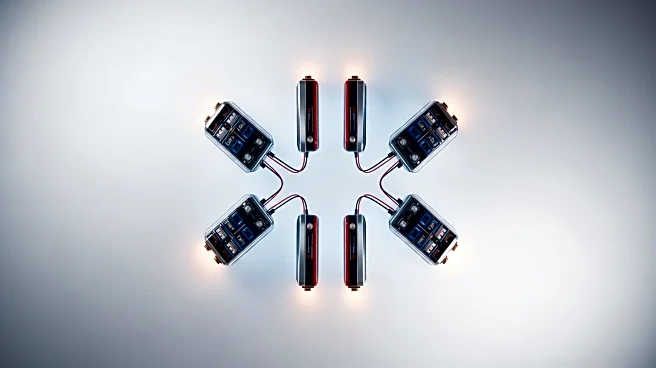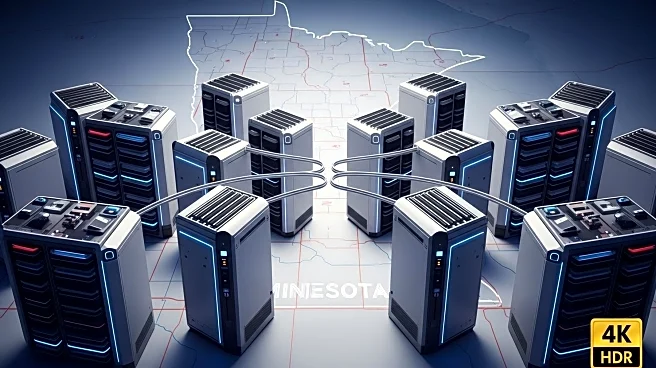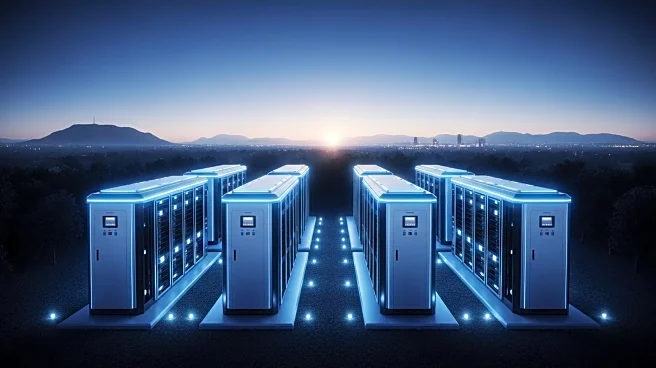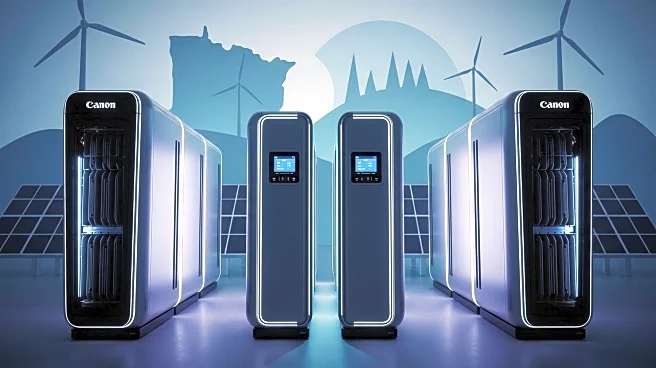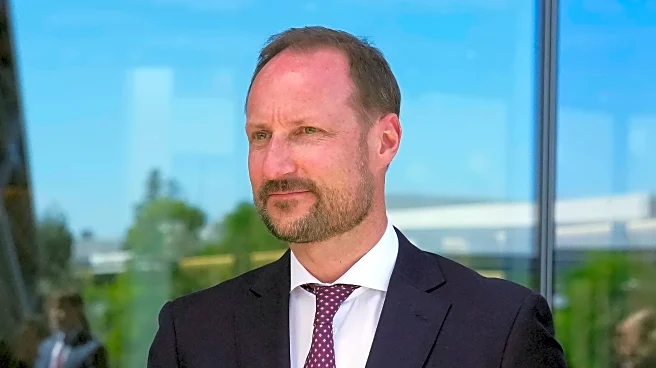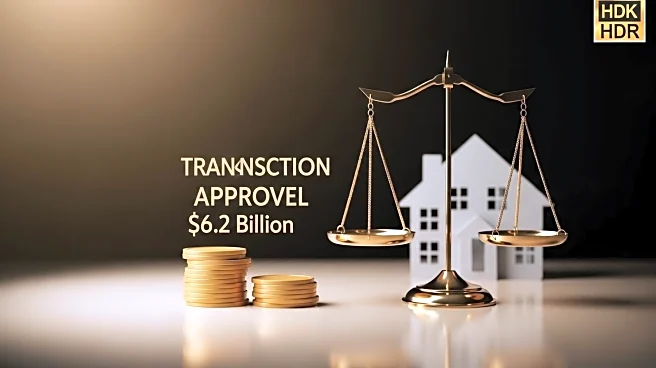What's Happening?
Xcel Energy has filed a proposal with Minnesota regulators to develop a network of distributed battery resources across its grid. This initiative, known as the Capacity*Connect proposal, aims to integrate up to 200 MW of battery capacity into its system planning by 2028. The program involves deploying batteries at strategic locations, with local businesses, commercial or industrial sites, or nonprofit organizations hosting these batteries. The proposal requests approval from the Minnesota Public Utilities Commission with a budget ranging from $152 million to $430 million, depending on the scale of deployment. Xcel Energy's plan is part of its broader Upper Midwest Energy Plan, which targets the installation of 600 MW of energy storage by 2030.
Why It's Important?
The proposal represents a significant shift in how utilities incorporate distributed energy resources into system planning and operations. By optimizing the distribution system, Xcel Energy aims to deliver reliable energy to customers and modernize the energy grid. This approach could reduce the need for costly interconnections and upgrades, providing local benefits and supporting economic growth. The initiative aligns with broader trends in the energy sector, where utilities are increasingly focusing on renewable energy and storage solutions to meet growing demand and enhance grid resilience.
What's Next?
If approved, Xcel Energy will begin deploying batteries at strategic locations by 2028, with Sparkfund assisting in site selection, procurement, and operations. The program's success could influence other utilities to adopt similar strategies, potentially leading to widespread changes in energy distribution and storage practices. Stakeholders, including local businesses and nonprofit organizations, may benefit from hosting battery resources, contributing to community development and energy optimization.
Beyond the Headlines
The integration of distributed battery resources into system planning could have long-term implications for energy policy and infrastructure development. It may encourage further investment in renewable energy and storage technologies, driving innovation and sustainability in the energy sector. Additionally, the program could serve as a model for other regions seeking to modernize their energy grids and enhance reliability.

